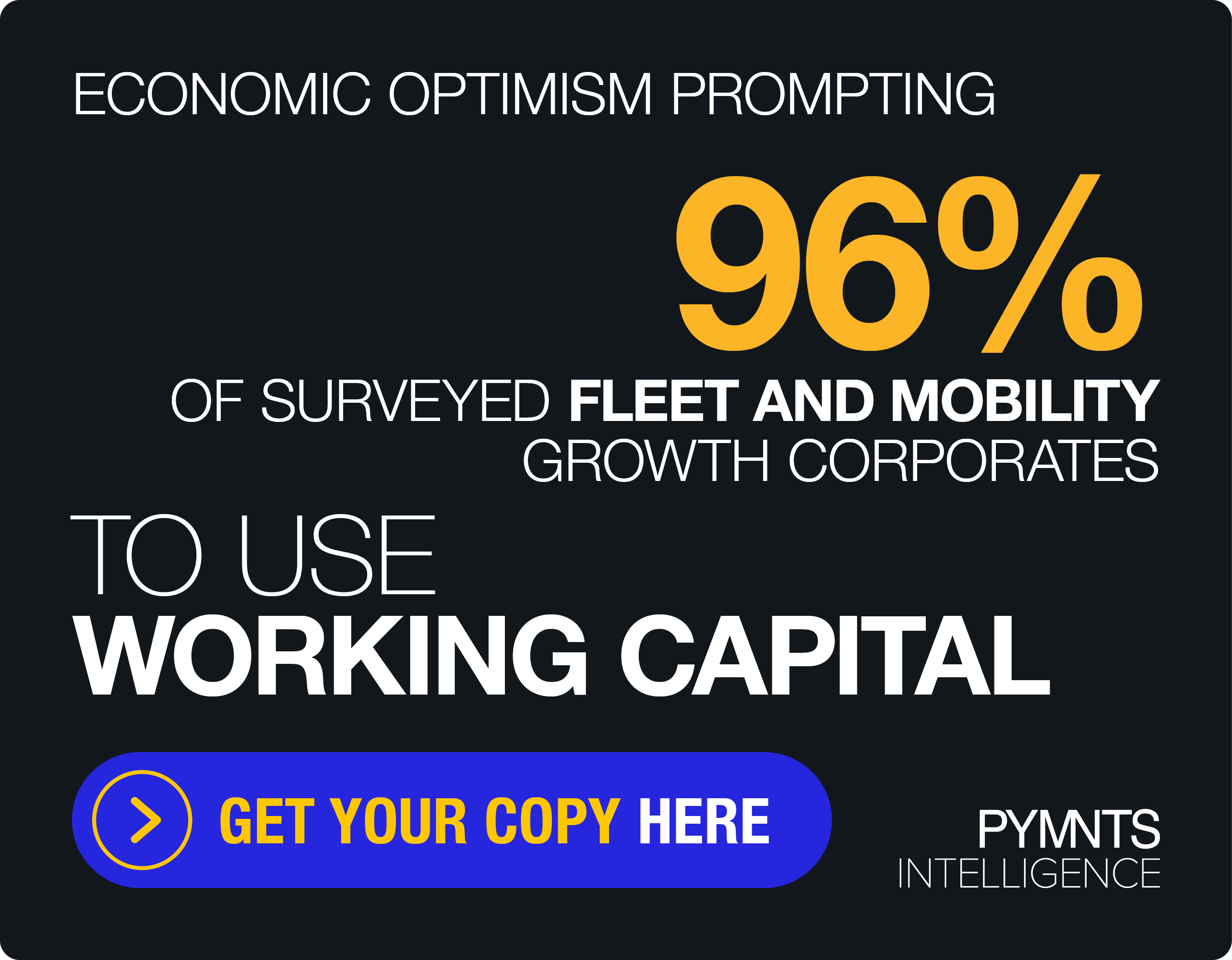Banking Innovation Enters New Era; Consolidation Now The Rule
In what’s beginning to feel like something of a trend in recent years, the payments landscape has seen its latest big global consolidation. Italian payments processor Nexi SpA recently announced plans to purchase private equity-owned rival Nets A/S, creating Europe’s biggest payments firm by volume.
It’s just the latest in a series of mega-mergers seen throughout the industry. FIS and Worldpay combined in mid-2019, Fiserv and First Data combined shortly thereafter and Worldline SA purchased Ingenico earlier this year.
It feels like it’s happening all at once, but it really isn’t, Pollinate Founder and CEO Alastair Lukies CBE told Karen Webster in a recent discussion about the shifting payments landscape and the role banks will play.
Lukies said consolidation in the payments industry has been the tendency for the past six decades. What makes the current developments so interesting and exciting is that “we’re just seeing that they’re at the end of the innovation growth cycle,” he explained. “Clearly there’s regional saturation, which leads to consolidation.”
Lukies said the really fascinating part as this stage comes to a close is what will happen as the next phase gets going. All of these new FinTechs and digital innovators are changing the landscape as the role of payments rapidly shifts in the broader financial services arena.
“These aren’t small companies or digital innovators,” he noted. “These are $100 billion market cap companies that are sitting in the middle of the payments supply chain.”
Banks Let Themselves Get Left Behind
Lukies said that prior to the 2008 financial crisis, regulators and the like normally left banks to their own devices, as long as they didn’t mess it up so that people couldn’t pay their bills or go shopping. And in terms of their merchant-acquiring and payments businesses, banks didn’t really look beyond their narrow strategic value.
“Before 2008, banks were making a lot of money from a lot of things,” noted Lukies. “So, they just looked at their merchant-acquiring and payments businesses and said: “That’s not my expertise. Why don’t you just take that off my hands and run it [and] write me a check? I’m very happy to take that, because that pays my bonuses this year, and I don’t really see how the strategic value is going to play a role in the future.’”
But fast-forward to 2020, and the world is a very different place. Lukies said the balance of regulatory trust has altered, ushering in a wave of regulations like open banking, PSD2 and GDPR.
That suddenly opened up the market for FinTechs to offer targeted slivers of traditional banks’ financial services, like loan underwriting or debit accounts. That’s because FinTechs claim they can do it faster, better and more smoothly than their mainstream banking counterparts.
Moreover, noted Lukies, they can offer these now competitive services “riding over the rails that used to be exclusively owned by the bank.”
And with COVID-19 as an incredible accelerant to digitization in 2020, every merchant needs to have a digital proposition and a “minute-by-minute, day-by-day, month-by-month lending proposition” that they can access, Lukies said.
He said that traditional banks operate one step removed from the data hub that is the point-of-sale transaction. That means they often don’t have the same window into merchants to position them to compete with an entity like Square, which can offer merchants both a payments solution for multichannel commerce along with a very competitive loan platform.
Lukies said banks ceded that ground by failing to build for smaller businesses. Meanwhile, FinTechs are building platforms designed to make it easy for SMBs to onboard, get up and running and start taking digital payments within minutes. And then over time, these platforms are building out banking services to accompany that capability.
“That customer-centricity and that empathy for a small business owner builds a loyalty that many banks have lost,” Lukies said. “That doesn’t mean the game’s over, but they lost it for now.”
How Banks Can Bounce Back
However, Lukies said banks still have the advantage of consumer trust – a reluctant trust, but a persistent one.
At the end of the day, consumers trust their banks more than a Silicon Valley FinTech to handle the awesome responsibility of managing their money. Lukies said that’s a major advantage, and not one easily overcome by any challenger.
And from that trust comes a powerful position in the market. “As it stands today, the bank’s unique asset is that they are on both sides of closing the loop. The bank has the retail customer and the business customer.”
Lukies said that banks can learn how to function as a conduit between businesses and customers. It’s not inevitable that they will become irrelevant, he noted, but they can no longer assume that they’ll keep their place as the center of gravity in the financial services universe. They’ll have to evolve along with the times – or risk being left behind by them.
Banks should realize that they don’t have to “become a systems integrator themselves,” said Lukies. Rather, they can succeed if they realize “that part of the return to growth is helping the nation of entrepreneurs and getting shopkeepers set up with digital tools that enable them to get everything they need in one place.”
